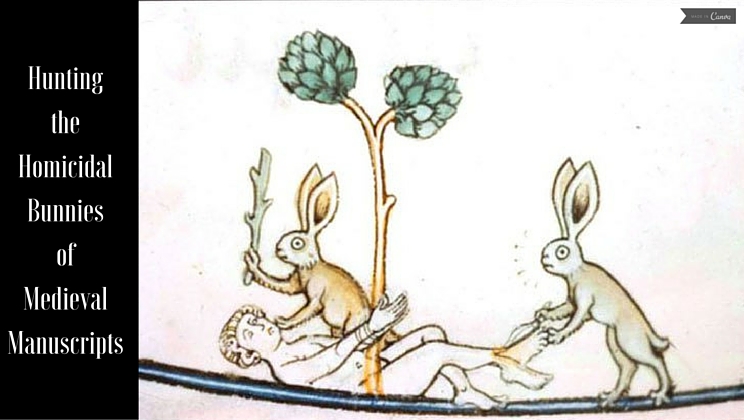Why homicidal rabbits run rampant in medieval manuscripts
Posted by staff / May 26, 2016
Never felt the urge to peruse a medieval manuscript?
All that’s about to change, because the hunt for homicidal rabbits or those in compromising positions lurking in the margins is far too much fun to miss.
Now the question is, why were monks doodling bunnies all over the place when their minds were supposedly firmly fixed on things of a holy nature?
It’s hard to remember that monks of old were people, too, and people with rather sick senses of humor. Without open mic nights and the Internet to provide an outlet for their antics, they found expression in the manuscripts they spent their lives illuminating.
Jon Kaneko-James researched this strange trend in depth, explaining:
Since rabbits and hares were signs of cowardice, innocence, helplessness, and passive but willing sexuality (lots of medieval sexual imagery involves wolves jumping on rabbits), the idea of them getting their revenge amused medieval artists as much as it amuses me. All told, they are pretty helpless animals whose only hope of survival is to breed fast and run away, a trait that wasn’t particularly successful in the Medieval era – a significant proportion of the French economy was based on eating and skinning rabbits.
Wow, we’re never going to think of the French or bunnies in quite the same way, again…
Full story at Jon Kaneko-James via Boing Boing.
Anyone familiar with Monty Python knows those rabbits have a vicious streak a mile wide. 🙂